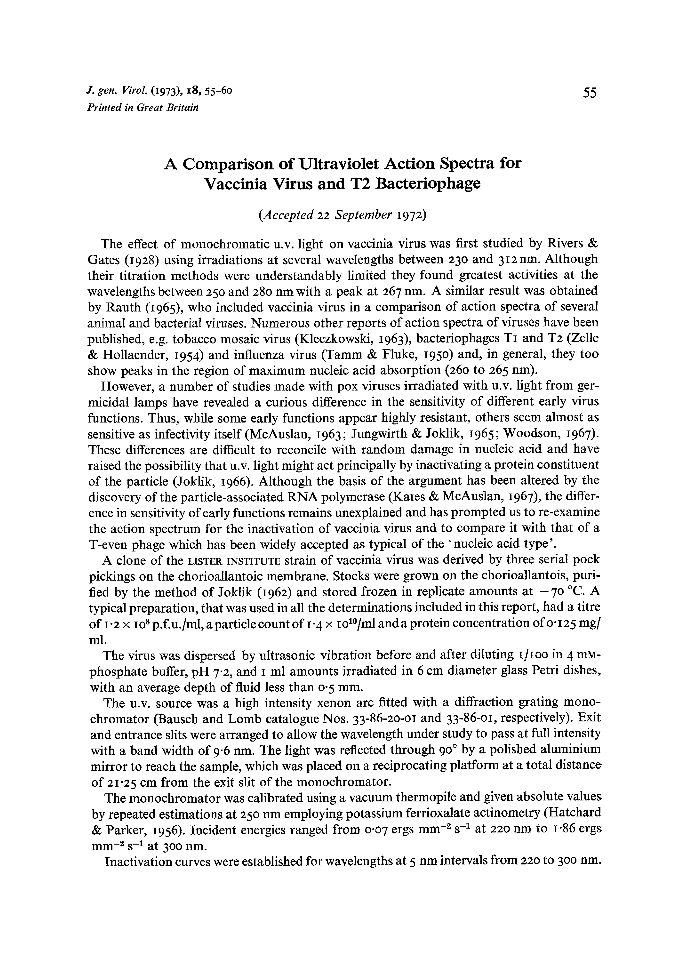
Full text loading...

A Comparison of Ultraviolet Action Spectra for Vaccinia Virus and T2 Bacteriophage, Page 1 of 1
< Previous page | Next page > /docserver/preview/fulltext/jgv/18/1/JV0180010055-1.gif
There is no abstract available.

Article metrics loading...

Full text loading...
References


Data & Media loading...
